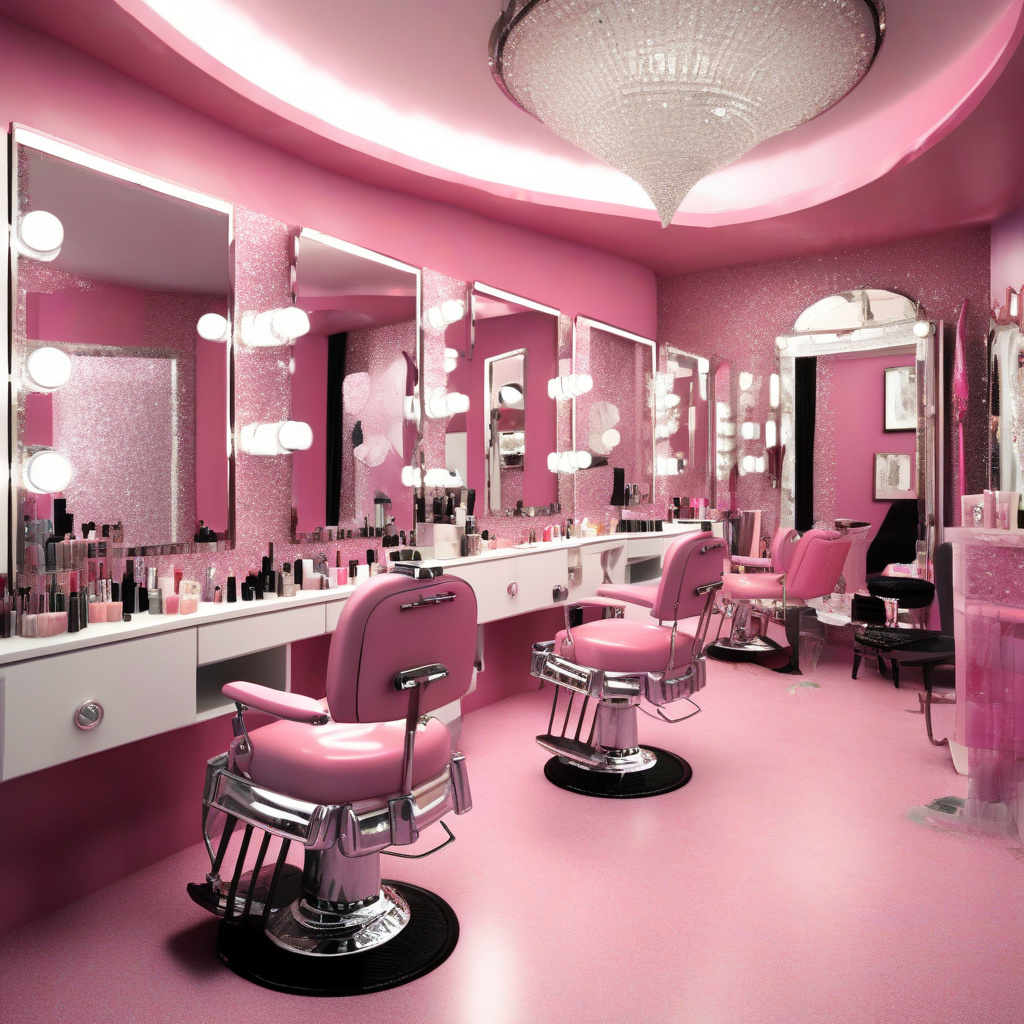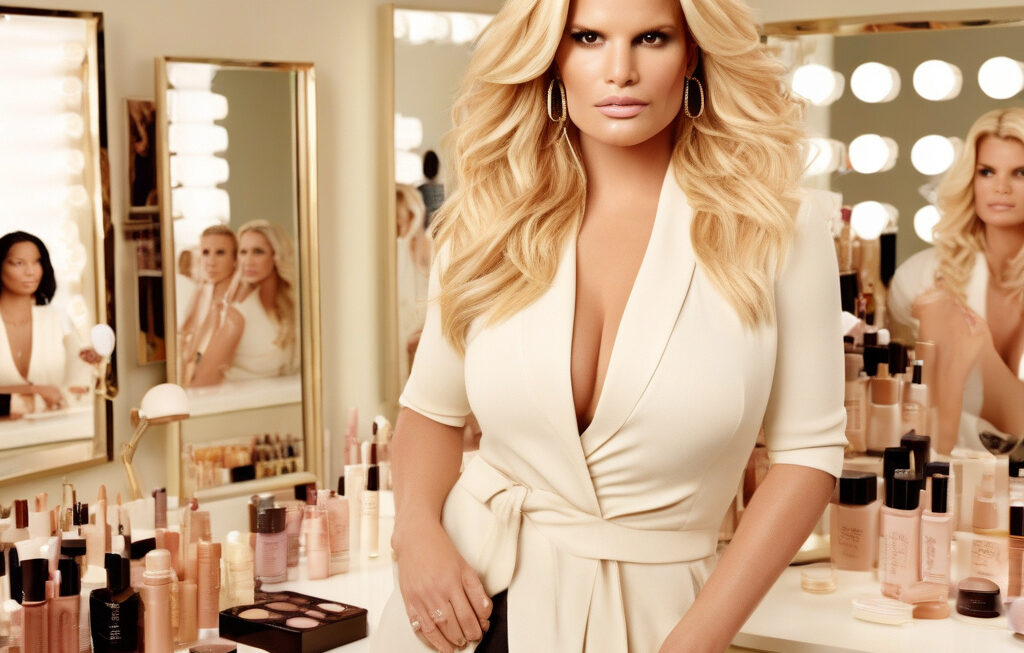The Debrief | Beauty Is in Its Flop Era
The beauty industry, once considered impervious to economic downturns, is currently experiencing a notable deceleration. In a recent episode of The Debrief, Daniela Morosini from BoF delves into the reasons behind this unexpected shift and explores potential strategies for brands to navigate through these challenging times.
One of the primary factors contributing to the slowdown in the beauty sector is consumer behavior. As the global economy grapples with uncertainty, individuals are becoming more cautious with their spending habits. Discretionary purchases, such as luxury cosmetics and skincare products, are often the first to be reevaluated during times of financial instability. This shift in consumer sentiment has led to a decline in sales for many beauty companies, forcing them to rethink their marketing and product development strategies.
Moreover, the rise of the wellness movement has also played a role in reshaping the beauty industry landscape. Consumers are increasingly prioritizing holistic well-being, seeking products that not only enhance their physical appearance but also promote health and sustainability. This shift towards a more mindful approach to beauty has prompted brands to reassess their offerings and incorporate elements of wellness into their product lines.
In light of these challenges, beauty brands are urged to adapt and innovate in order to stay relevant in a rapidly changing market. One strategy that companies can employ is to focus on transparency and authenticity. In an era where consumers value honesty and ethical practices, brands that prioritize these principles are more likely to resonate with their target audience. By being transparent about their ingredients, sourcing methods, and sustainability efforts, beauty companies can build trust and loyalty with consumers.
Another crucial aspect for brands to consider is the digital landscape. With the rise of e-commerce and social media influencers, the way consumers discover and purchase beauty products has evolved significantly. By investing in digital marketing strategies and engaging with customers through online platforms, brands can expand their reach and connect with a wider audience. Additionally, leveraging data analytics and artificial intelligence can provide valuable insights into consumer preferences, enabling companies to tailor their products and marketing campaigns more effectively.
Furthermore, collaboration and partnerships can also be key drivers of success for beauty brands in the current climate. By teaming up with other companies, influencers, or even non-profit organizations, brands can tap into new markets, gain exposure, and demonstrate their commitment to social causes. Collaborative efforts not only foster creativity and innovation but also allow brands to differentiate themselves in a competitive industry.
In conclusion, while the beauty industry may be experiencing a slowdown, there are opportunities for brands to adapt and thrive in this ever-changing landscape. By understanding shifting consumer behaviors, embracing transparency and authenticity, leveraging digital technologies, and fostering collaborations, beauty companies can navigate through these challenging times and emerge stronger than ever.
consumer behavior, economic downturn, wellness movement, digital landscape, transparency and authenticity












